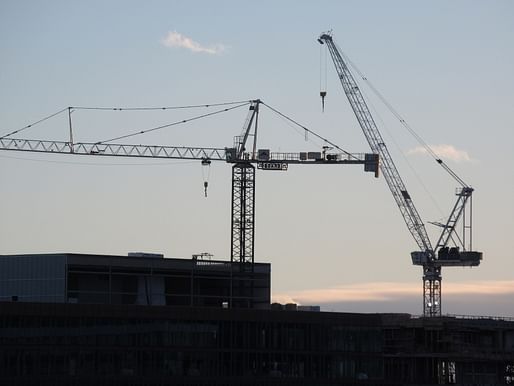

According to a recent analysis of U.S. Census Bureau data by the Associated Builders and Contractors (ABC), national nonresidential construction spending rose 0.9% in November. On a seasonally adjusted annualized basis, spending in this sector totaled $930.1 billion for the month.
Across the 16 nonresidential subcategories, nine saw increases in spending over the month. Subcategories that experienced dips in spending in November include: commercial, health care, communication, highway and street, amusement and recreation, public safety, and water supply. While spending in these areas fell, each except communication saw growth over 12 months. Notable growth came in the manufacturing and conservation and development subcategories, which led the group with 6.4% and 14.6% increases, respectively. Additionally, private nonresidential spending was up 1.7%, while public nonresidential spending fell 0.1% in November.
“The average nonresidential contractor starts 2023 with considerable backlog,” said ABC Chief Economist Anirban Basu. “Not coincidentally, contractors also have significant confidence regarding current year prospects, according to ABC’s Construction Confidence Index, which indicates expectations for growth in sales and employment with margins remaining stable.”
“November’s construction spending report suggests that this confidence is warranted,” added Basu. “However, there are countervailing considerations. First, growth in nonresidential construction spending in November was not especially broad. Much of the growth came from the manufacturing category, which is partially attributable to construction related to large-scale chip manufacturing facilities. The balance of growth came mostly from conservation and development, which includes flood control expenditures. Were it not for those two categories, nonresidential construction spending would have been roughly flat in November.”
“Second, backlog could dry up,” said Basu. “Anecdotal evidence suggests that banks are more cautious in their lending to the commercial real estate and multifamily segments. Fears of recession this year remain pervasive in an environment characterized by high and rising interest rates. It will be interesting to see how well backlog will hold up as contractors continue to build and the economy heads toward what is likely to be a Federal Reserve-induced recession.”
No Comments
Block this user
Are you sure you want to block this user and hide all related comments throughout the site?
Archinect
This is your first comment on Archinect. Your comment will be visible once approved.